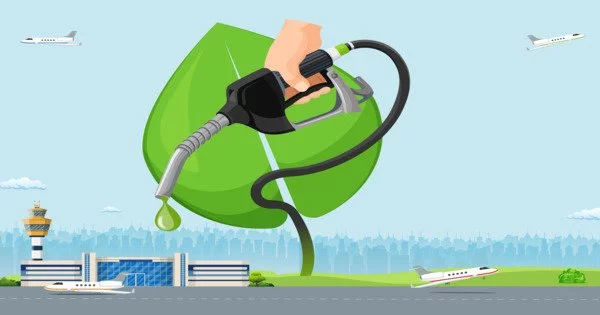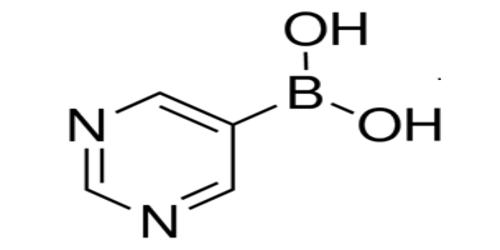Sustainable aviation fuel is made from sustainable feedstocks and has a chemistry that is quite comparable to traditional fossil jet fuel. It is an aviation fuel made from renewable or sustainable feedstocks and technologies. The aviation industry contributes significantly to greenhouse gas emissions, and SAF is one of the measures being pursued to minimize aviation’s carbon footprint.
Using SAF reduces carbon emissions relative to the traditional jet fuel it replaces over the fuel’s lifecycle. Cooking oil and other non-palm waste oils from animals or plants are common feedstocks, as are solid waste from homes and companies, such as packaging, paper, textiles, and food scraps that would otherwise go to landfill or cremation. Forestry waste, such as waste wood, and energy crops, such as fast-growing plants and algae, are also possible sources.
SAF derived from renewable biomass and waste resources has the potential to deliver the performance of petroleum-based jet fuel while emitting a fraction of the carbon footprint, providing airlines with a firm foundation for decoupling GHG emissions from flight.
Here are some key points about Sustainable Aviation Fuel:
- Feedstocks: SAF can be produced using a range of feedstocks, including algae, agricultural wastes, waste oils and fats, and even municipal solid waste. To prevent conflict with food production, it can also be made from non-food crops.
- Production Processes: SAF is typically produced by techniques like as hydroprocessing or Fischer-Tropsch synthesis, which convert feedstocks into a fuel that can be utilized in aircraft engines. When compared to typical fossil fuel refining, these technologies aim to reduce carbon emissions.
- Compatibility: SAF is designed to be a drop-in replacement for conventional aviation fuels, so it can be used in existing aircraft engines and infrastructure without modification.
- Reduced Emissions: SAF has the potential to significantly reduce greenhouse gas emissions compared to traditional jet fuels. Depending on the feedstock and production methods, SAF can achieve substantial reductions in carbon dioxide (CO2) emissions, as well as reductions in other harmful pollutants.
- Certification: SAF must meet certain certification standards to ensure its quality and environmental benefits. Organizations like ASTM International have developed specifications for different types of SAF to ensure they are safe and effective for aviation use.
- Blending: In many cases, SAF is blended with conventional aviation fuels to reduce the carbon intensity of aviation operations. The ratio of SAF to conventional fuel can vary, but even small percentages of SAF in the blend can lead to emissions reductions.
Challenges
The availability and cost of sustainable feedstocks, scaling up production capacity, and regulatory and infrastructure issues all pose barriers to the broad use of SAF. SAF reduces carbon emissions by up to 80% over the lifecycle of the fuel when compared to traditional jet fuel, depending on the sustainable feedstock utilized, production process, and supply chain to the airport.
In conclusion, Sustainable Aviation Fuel is a promising solution for lowering the aviation industry’s environmental effect by providing a more sustainable and lower-carbon alternative to standard jet fuels. Its implementation is part of a larger effort to make aviation more ecologically friendly and lessen its impact on climate change.
















